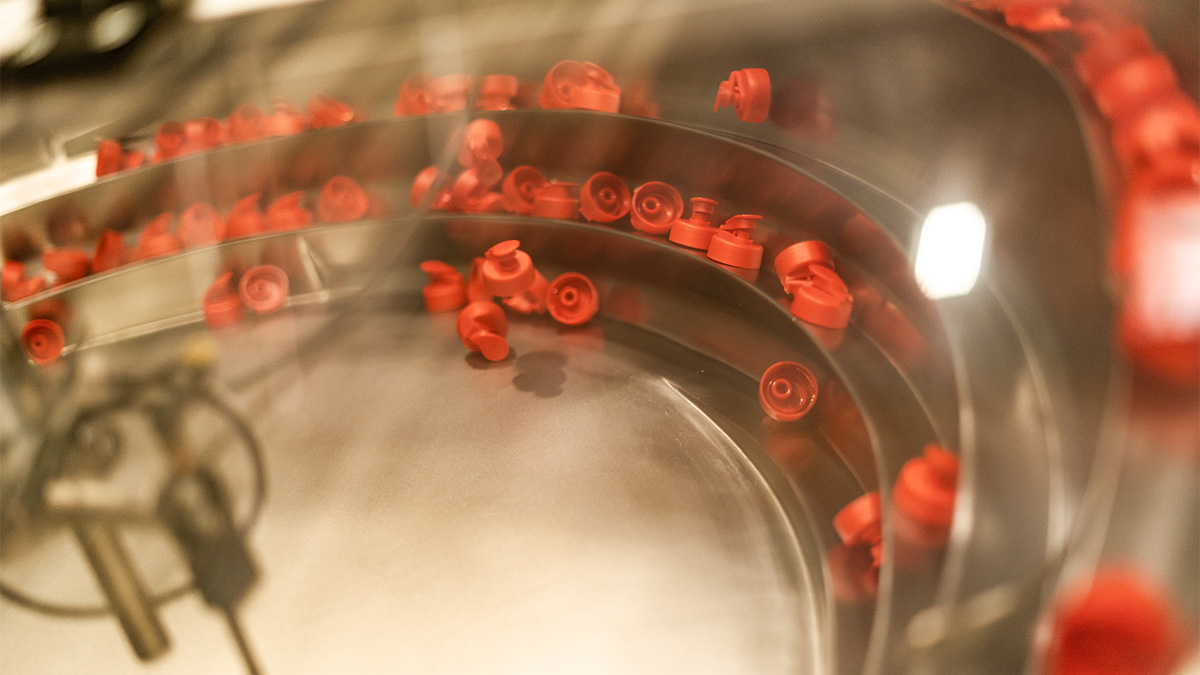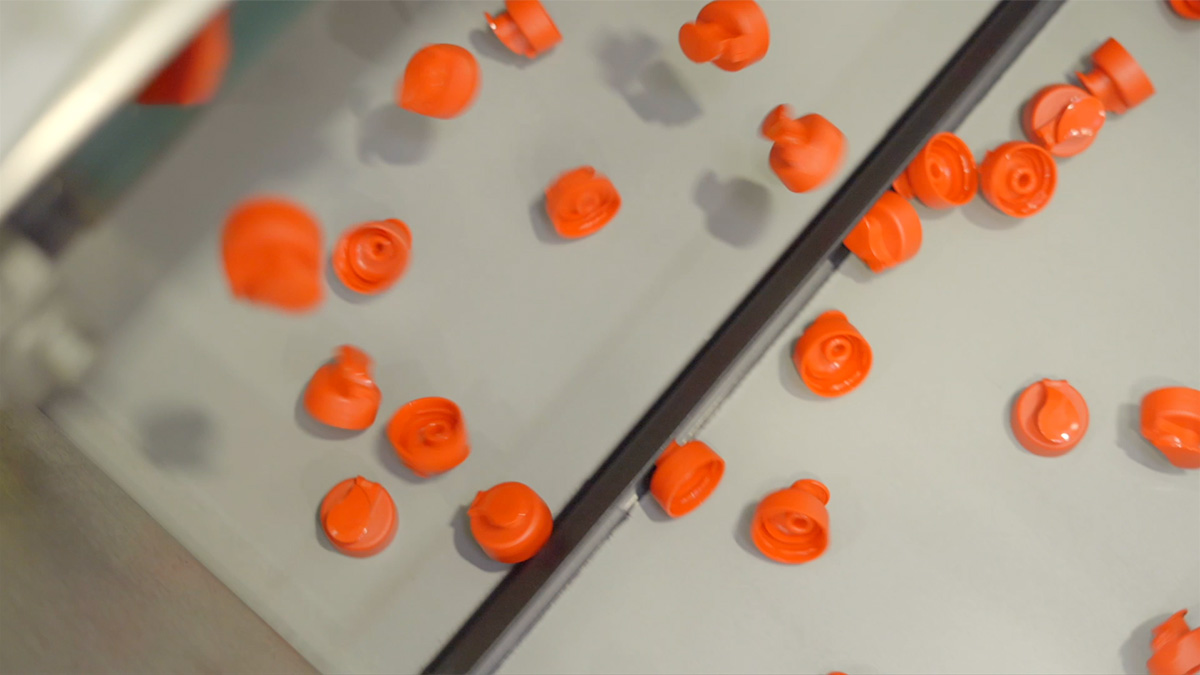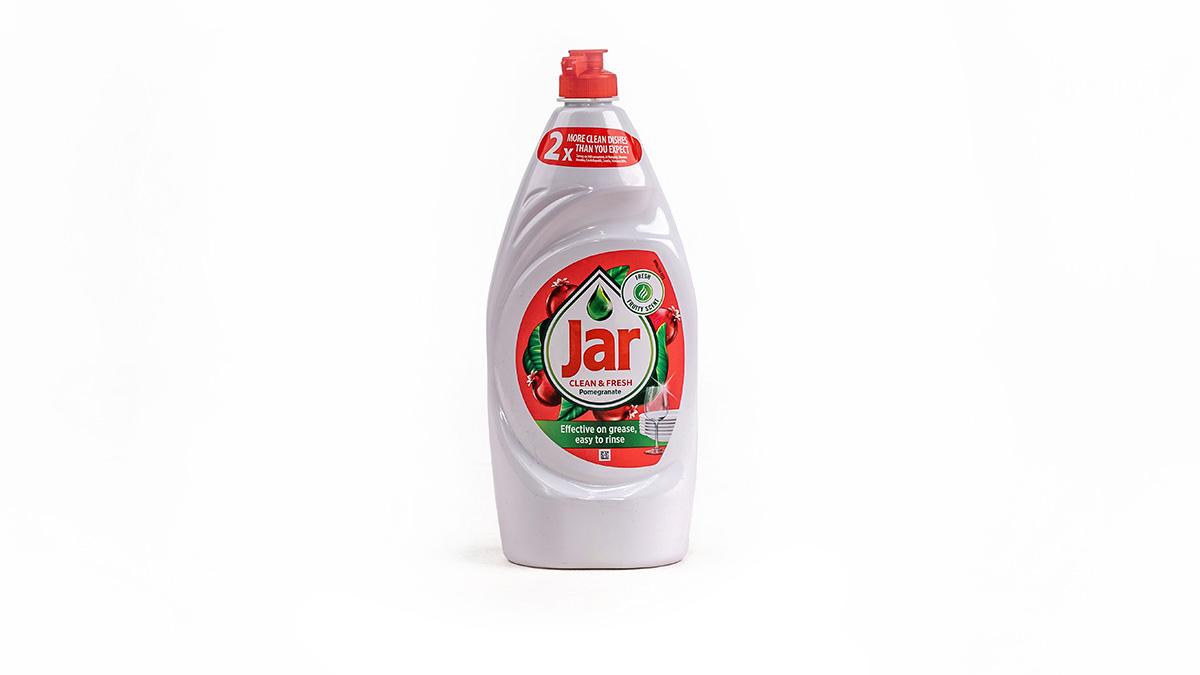
In 2015, we began manufacturing our enduringly successful 2K flip-top cap. Initially, this product featured a two-tone colour scheme, however, responding to market insights, we transitioned to a uniform design. Despite the single colour, we continue to craft the cap from two distinct materials. This intricate process is facilitated by a specialised form of tooling design, known as ‘cube tooling‘, within a singular injection moulding procedure.
In our article, we provide a clear overview of the product’s key benefits and the manufacturing journey, guided by:
Two-component injection moulding using cube technology
In the realm of multi-component product manufacturing, plenty of methods are available. For this project, we have opted for cube technology, a choice that allows us to substantially amplify production capacity within a single machine, offering enhanced efficiency for our client. Cube technology, while primarily focused on innovative tooling design, necessitates a tailored injection moulding machine and supplementary apparatus.
This sophisticated approach seamlessly merges an escalation in the volume of tool cavities – potentially multiplying them – and a reduction in cycle times, all within the constraints of the existing machinery footprint and tool mounting demands. This implementation has the potential to bolster the production capacity of specific components by an impressive 200%, presenting a significant leap in operational efficiency.
The process of two-component injection moulding with cube technology
During the manufacturing process, the core block of the mould, also known as the ‘cube,’ is rotating around a vertical axis. This precise movement facilitates the concurrent injection of two components on opposing sides (1st & 3rd), with designated phases for resting (2nd) and ejection (4th side) integrated into the cycle.
Upon completion of the ejection phase, an automated transfer of the products to a conveyor belt is executed by a linear robotic arm. The next phase ensures meticulous sorting and repositioning. The caps then proceed to a comprehensive visual inspection system, where each piece is subjected to a rigorous 100% quality check. This system is adept at identifying and autonomously isolating any defective items. Quality-approved caps are then systematically channelled into the packaging cell for boxing. Remarkably, throughout this highly automated process, human intervention is reserved solely for the final box-sealing process.

What are the advantages of this manufacturing technology?
One of the paramount benefits of utilising cube technology in manufacturing is the substantial enhancement in production capacity it offers. With this fully automated, two-component injection moulding process, it is feasible to achieve the manufacture of up to 200 million units annually.
Given the vast scale of production, there is an imperative need for swift and accurate inspection, a task accomplished by the advanced visual inspection system that meticulously scrutinises each product.
Utilising precise cube technology and full automation, our two-component injection moulding ensures an almost flawless operation, delivering a product quality that’s close to 100%.
Flip-top caps with active hinges
Flip-top caps have garnered widespread preference owing to their aptness for dispensing a range of materials with diverse viscosities, coupled with their efficacy in thwarting any leakage from bottles or containers. Integral to their design is the capacity for multiple resealings post-use, enhancing both convenience and product longevity.
This resilience is significantly attributed to the incorporation of an ‘active hinge’ mechanism — a sophisticated feature interlinking the cap’s upper and lower segments. This element is ingeniously pre-tensioned, ensuring a spring-like, secure snap each time the cap is closed, thereby reinforcing user-friendliness and structural durability in every interaction.

Commercial product with flip-top cap
The upper segment of the closure utilises a refined polypropylene (PP) blend, known for its cost-effective attributes. In contrast, the functional base employs a PP material enhanced with additives. This design choice is not only efficient but has also garnered favour among leading dishwashing detergent brands, attesting to its market success.
It’s also pivotal to underscore that this innovative technology can be harnessed to craft a diverse array of caps and closures.
Quality-assured injection-moulded plastic products and components
We deliver cutting-edge product design, catering to both bespoke, small-scale projects and expansive production runs, even under a subcontracted framework. Holding a comprehensive BRCGS certification for one of our premier facilities, we guarantee meticulous quality and stringent hygiene standards tailored to the FMCG sector. If you seek precision-engineered, injection-moulded products, entrust your requirements to our seasoned expertise.
